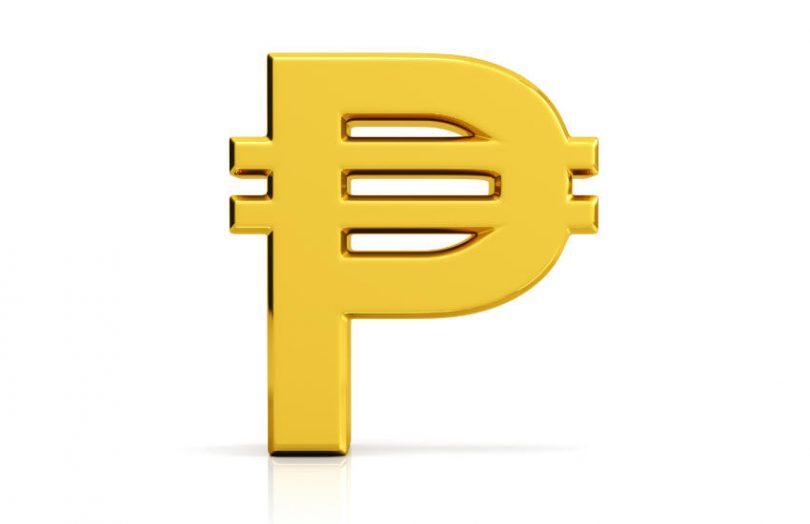The Philippines will launch a wholesale central bank digital currency (CBDC) pilot in the fourth quarter of this year, said the Governor of the Bangko Sentral ng Pilipinas (BSP), Benjamin Diokno, talking to local news station ANCNews today. He revealed plans for the project in November last year.
Diokno emphasized that Project CBDCph is experimental and has already signed up several large scale banks but didn’t elaborate on which ones. The central bank is still looking to add more banks. A wholesale CBDC is only for use by banks rather than consumers or businesses and is used to facilitate faster payments and settlement for blockchain networks.
“And at the same time, we consult with our neighbors Singapore plus the BIS, Bank for International Settlements, for their projects on CBDC,” said the Governor.
The Monetary Authority of Singapore initiated Project Dunbar, a cross border wholesale CBDC initiative in conjunction with the central banks of Australia, South Africa and Malaysia as well as the BIS. It’s a so-called multi-CBDC (M-CBDC) project in which each country has a CBDC that’s used for cross border payments.
In March, Project Dunbar published a paper on its work so far. A key question raised is whether central banks would allow foreign banks to hold their CBDCs directly or whether they’d require a local sponsoring bank to hold it on their behalf. This is an important issue because one of the promises of CBDC is to do away with intermediary or correspondent banks, which are often the cause of the high cost of cross border payments and delays.
Last November, Singapore announced a deal with the Philippines to explore payment interoperability and cross border payments. At the time Benjamin Diokno said Singapore would be the first ASEAN country to which Philippines would link its payment system.
Cross border payments, particularly low-value remittances, are particularly important to the Philippines with the high number of citizens that work overseas. According to the World Bank, in 2021 the Philippines was the fourth largest recipient of inward remittances after India, China and Mexico. The figure for 2020 was $35 billion.







